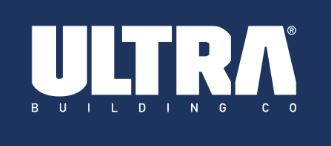Your fast, efficient and safe crane specialists.
We offer cranes for sale, cranes for hire and maintenance services in Sydney.
Our Crane Range
Self Erecting Cranes
Simple, rapid and entirely autonomous, our range of self-erecting tower cranes is especially suited to construction sites that are of a short duration and require frequent to infrequent operations.
Learn MoreElectric Luffing Cranes
The quiet emission free electric operation is ideally designed and suited to reduce the disruption and stress imposed on the local residential environment which may surround the construction sites.
Learn MoreTop Slewing Tower Cranes
Our wide range of slewing cranes are easily adaptable to any type of working environment, from urban sites with minimum interferences to widely spread sites that require high load capacities.
Learn MoreCrane Accessories
Active Crane Hire service construction sites with additional crane accessories including Rescue Cages, Concrete Kibbles, Man Boxes and Rubbish Bins.
Learn MoreCrane Refurbishments
This is where the “all-inhouse” and end-to-end service capability of Active Crane Hire is at its best and where we differentiate ourselves from other equipment rental companies.
Learn MoreYou’re in Good Hands.
Our experienced team have worked along side our clients on some of the largest projects. If you need some help finding the right product for your needs, contact our team and we will discuss your project needs with you.
Learn MoreLooking for a career with Active Crane Hire? Send us your resume and kick start something new.
Apply NowWatch the series
Latest News
WHAT TO EXPECT WHEN YOU WORK WITH ACTIVE CRANE HIRE
When choosing a crane hire company, it pays to be vigilant. You want to make sure you choose the right one to partner with. Construction is an expensive industry that is laden with physical risks. This is why it is essential to get the best crane hire servic
Read MorePROJECT PROBLEMS A PERMANENT ONSITE CRANE CAN HELP ADDRESS
Cranes are essential to the success of all major construction projects, and to many small to medium projects as well. They are an onsite workhorse, absolutely vital for moving and transporting heavy loads around the site. Thus, choosing the right crane for your
Read MoreCRANE HIRE FOCUS: ELECTRIC LUFFING CRANES
Now one of the most useful cranes on the market, there is a lot to know about the new styles of electro hydraulic luffing jib tower cranes like the innovative Potain MCH 125. If you want to know if this crane type would be useful for your upcoming constructio
Read MoreOUR CLIENTS
CONTACT US
Get in touch and let us know how we can help.
Address: 8 Ainslie Cl, Somersby NSW 2250









